Why 2024 is the best time in a decade to chase the Northern Lights in Norway
Attitude’s Jamie Tabberer finds love and luminescence in northern Norway and the country’s glistening slice of the Arctic Circle
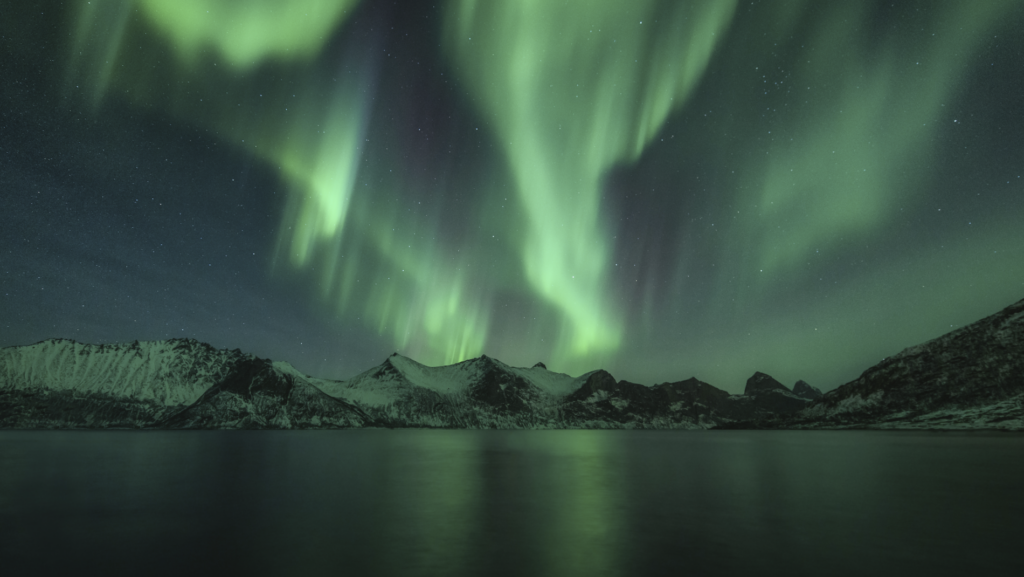
Ruary is the name of the tumultuous and stormy object of my desire, and he is dancing just beyond my reach. The more I long for him, the more he eludes me. We all know the sort, right?
His absence physically pains me, but rarely have I wanted something more. Until, finally, there he is. My icy heart melts as my eyes fill with light, and my soul sings to the tune of his swooning presence. It’s love.
No, Ruary is not my imaginary boyfriend. Neither am I a pedlar of florid, Frozen-inspired gay erotica. (Although I am deep in Norway, the otherworldly European country that inspired the Disney hit.)
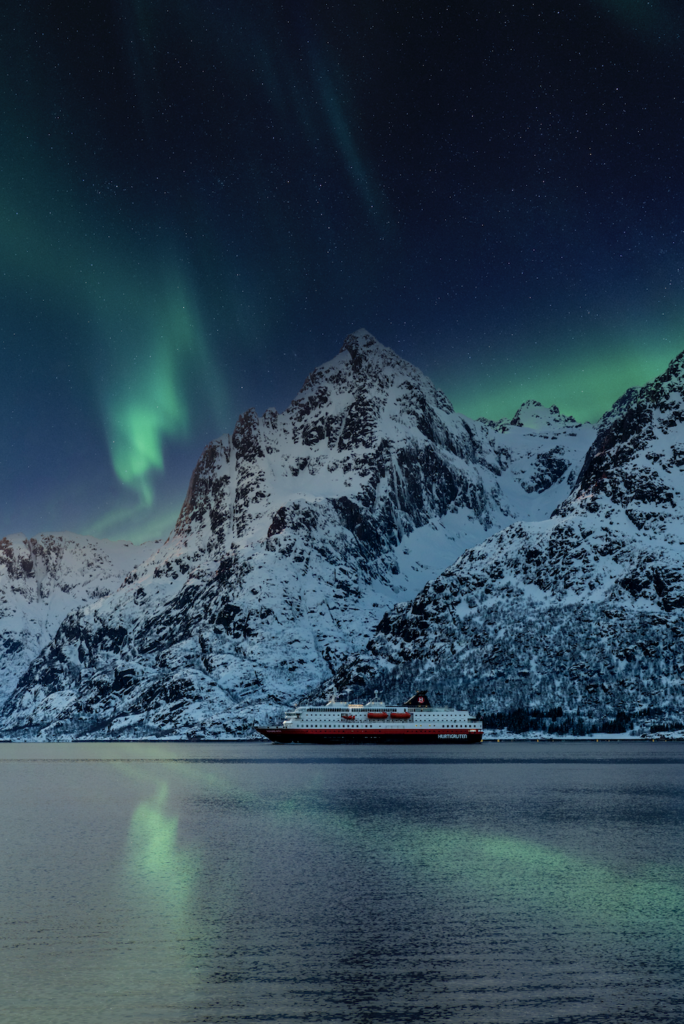
Ruary, rather, is my nickname for the aurora borealis, aka nature’s greatest light show, commonly depicted in art as a long-haired female. Well, not in my fairy tale.
Neon nights
About 10 years ago, I saw the northern lights in Iceland — a brief smudge of grey-white across a dingy skyline — and feigned a gasp. Scientifically speaking, most auroras are green. (And sometimes purple and blue.) What few tell you is that these colours — easily picked up and subsequently exaggerated by your smartphone — are not always visible to the naked eye. Disappointment can occur.
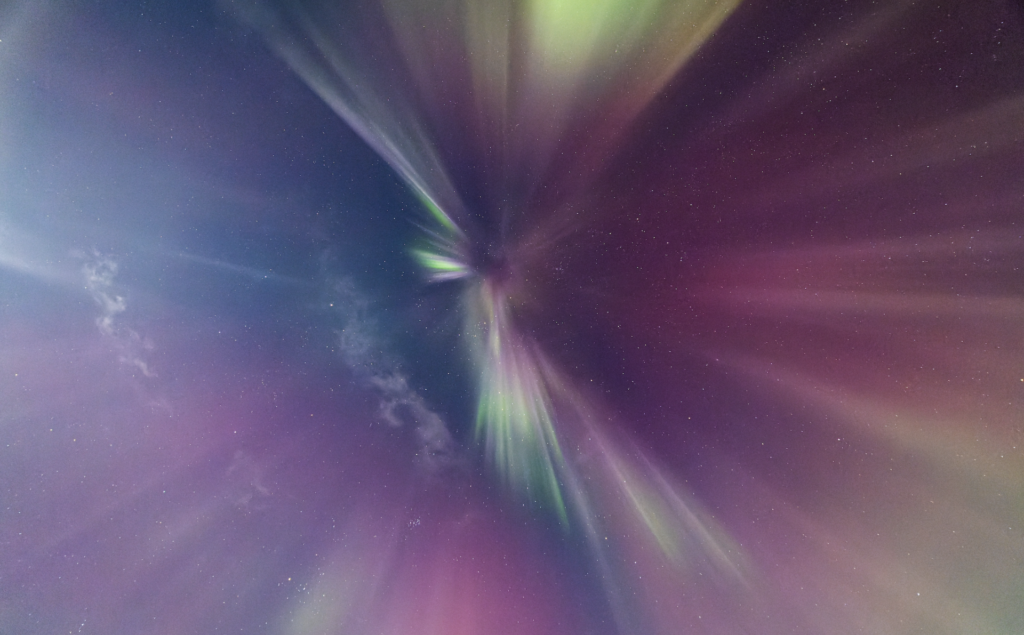
This time around, however, I’m humbled to silent tears. Colour seizes the sky as lashings of divine paint dart across an unknowable canvas. Hues range from delicate magenta to flashes of neon lime — even the rarely seen red! Swathes of white — and there are plenty — appear like silver. It’s 11pm, and our snowy base — the frozen lake of Lyngenfjord, an hour outside the tiny city of Tromsø and its minimal light pollution — is illuminated. It is truly a spectacle.
If reading my pretentious description is exhausting, imagine being there. Picture the hours of standing with a craned neck in heavy, cumbersome layers in sub-zero temperatures, waiting for Ruary to appear. Thankfully, our trusty Wandering Owl tour guide Armand Amen and driver Michael — who, earlier, as if in an Arctic Indiana Jones adventure, took us on a race against time by minibus to find the best viewing spot — are on hand with tea, coffee, homemade biscuits, a pit fire and foldaway chairs. And that’s having already provided thermal suits, winter boots and other essential gear. But whatever you do, don’t overheat and start sweating — you’ll only feel colder for it later.
Merry dancers
We’re extremely lucky during our trip to Norway last December with Hurtigruten, the country’s biggest coastal ferry service and cruise company. The weather is mostly clear; the ruinous words ‘cloud cover’ rarely uttered. (We still find them triggering.) Moreover, wild and operatic geomagnetic storms which produce the northern lights are plentiful throughout our visit, with the lights simultaneously visible as far south of the Arctic Circle as the UK and Arizona. Such conditions are only set to continue, with scientists advising that the 2024–25 Solar Maximum will bring forth the most frequent and extraordinary displays in a decade. If ever there was a time to tick this off your bucket list, it’s now.
We see the lights four times in four days, including twice aboard the hybrid-powered, recently refurbished MS Kong Harald. Our home for the weekend, this plush-ish but unfussy ship transports up to 590 passengers — most are tourists, but many are locals merely getting from A to B — plus goods and cargo between a 34-port Coastal Express.
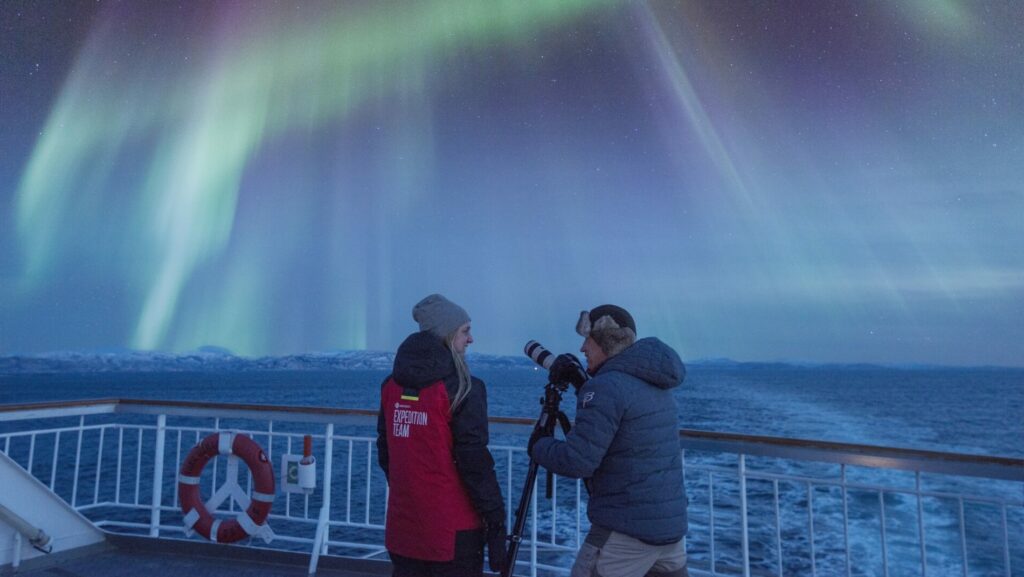
Leave your sequins at home, for life aboard the ship is poles apart from the extravagant glamour of dominant cruise culture and the infamously hedonistic excesses of its gay offshoot. Still, this is Scandinavia, so Hurtigruten’s take on earthy simplicity is pretty chic. On board, the food is impressive: try the endless supply of joyously fresh seafood at the buffet-style Torget or dig into reindeer cooked in the open-plan kitchen of upscale Kysten, which you might want to dress up for. Then, perhaps cake and ice cream at the Multe bakery. The ship also boasts a bar, a panorama lounge, a shop, hot tubs, a sauna and a fitness room.
An alarm goes off in your stripped-back but comfortable cabin every time the merry dancers make an appearance, and Hurtigruten offers a free six or seven-day Classic Voyage the following season if there are no recorded sightings of the lights at all, subject to terms and conditions. The extraordinary nature of this offer speaks volumes about how unlikely that is. At times, I longed for a strong Wi-Fi connection over another sighting of the lights. But the fact that Hurtigruten can manage even an intermittent connection does boggle the mind.
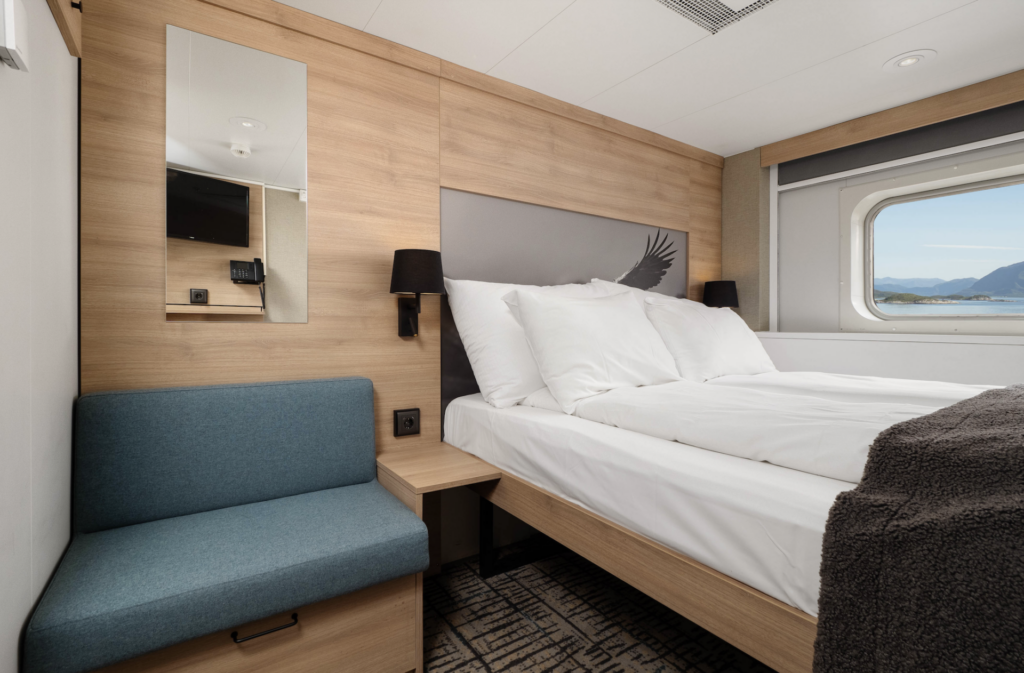
A team of experts, from aurora chasers to photographers, enhance the experience with on-board lectures and workshops. Expert astronomer Tom Kerss acts as personal guide to my group. As the author of Northern Lights: The Definitive Guide to Auroras, he is an inexhaustible fountain of knowledge on all things Arctic, intergalactic and (in Patsy Stone’s disgusted voice) “science and all that”, forever scrutinising space weather data via all manner of complex apps to facilitate light-chasing. He’s the perfect person to ask if aliens exist, and explains science with such accessibility, L’Oréal ought to hire him for a shampoo commercial.
Here’s the science behind the northern lights regurgitated to the best of my understanding: the lights are the result of energy from the sun — known as solar winds, or the continuous flow of charged particles from our nearest star — colliding with atoms and molecules of oxygen and nitrogen in Earth’s upper atmosphere. One mind-blowing, if completely obvious, fact Kerss taught us, is that there’s such a thing as the southern lights. But people rarely see them as the South Pole is barely habitable and visited by fewer tourists. (Hurtigruten’s sister brand HX does charter ships there, however.) Who knew? Not this basic gay, that’s for sure.
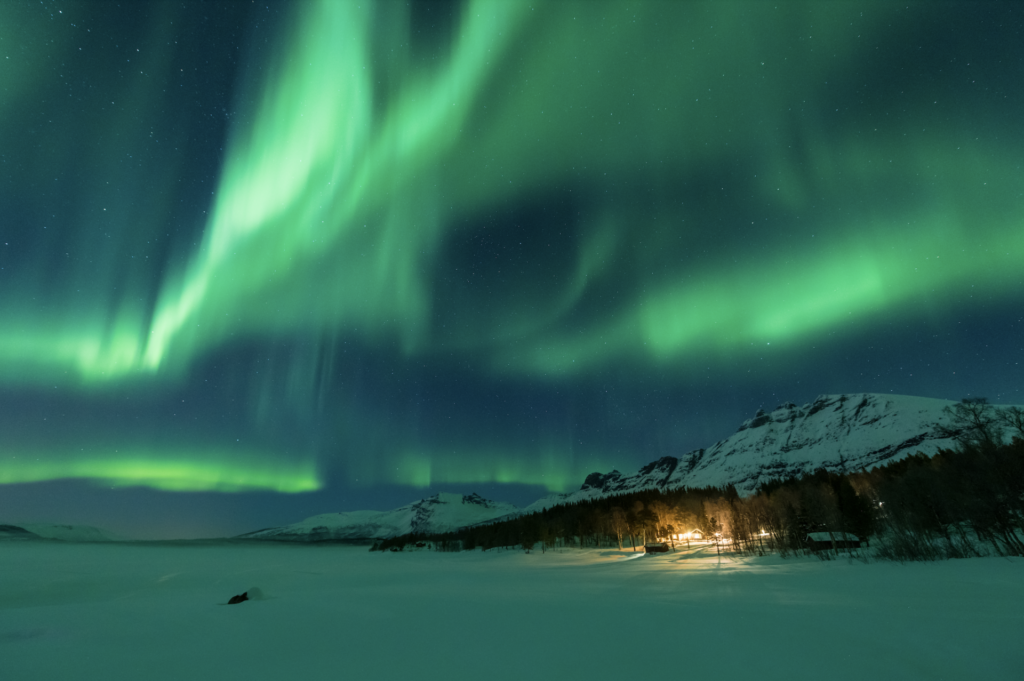
Northern soul
The genuine truth is, I would have enjoyed our Arctic adventure even if we hadn’t seen the aurora. What’s most surprising about our four-day taster of Hurtigruten’s 12-day Astronomy Voyage, which starts in the south-westerly city of Bergen and snakes its way up and around the coast to Europe’s most isolated town, the north-easterly Kirkenes, and back again, is that the lights are almost a red herring. Somehow more arresting are Norway’s rugged coastal features: you’ll pass more than 100 glacial fjords, over 1,000 snow-capped mountains and miles and upon miles of intensely craggy and anarchic coastline, dotted with many of Finland’s 178,947(!) islands. Despite its size, Norway has the world’s seventh longest coastline: 53,199km of it, in fact, slightly behind Australia’s 66,530km. To put that into perspective, Oz has almost 24 times Norway’s land mass.
Daily excursions allow you to get up close and personal with nature in the Arctic Circle, and you’re welcomed to many ports by charming artisan markets selling fine foods, jewellery and knick-knacks. We bus it from Honningsvåg, Norway’s most northern city, across desolate polar tundra — dramatic and mysterious enough for an episode of Game of Thrones — to North Cape. Here, at the northernmost point of mainland Europe, perched atop cliffs that jut out to sea, you’ll find the spaceship-like North Cape Hall and the striking Globe Monument. Both look out to an icy abyss of sea and sky, where the unseen islands of Svalbard and the North Pole beyond seem to call out to you. We visit during polar night, or ‘blue time’, a two-month period where the sun never rises above the horizon. When twilight breaks, everything is drenched in a misty sapphire blue. It feels unearthly.
The sheer number of irresistible excursions on offer is staggering. Dogsledding with huskies in Tromso, quad safaris in Kirkenes, horseback riding in Lofoten… There are a few duds: Tromso’s Northern Light Planetarium is a bit old hat, and its underwhelming depiction of the lights in its sky theatre will only frustrate you if you haven’t yet seen them with your own eyes.
We were dubious about a stop-off at the fabled Snowhotel Kirkenes, which doubles up as Norway’s largest ice bar, located a few miles from the Russian border. The glacial lodgings themselves, made from several tonnes of snow and ice, and replete with thermal sleeping bags and snow sculptures, strike me as insufferable novelty. Thankfully, for the igloo-allergic, the compound also boasts several fabulously cosy wooden cabins in the style of traditional hunting and fishing huts. This is the final stop of our Norway jaunt, and the place wins us over eventually. As well as a few reindeer, the Snowhotel is home to 180 howling huskies, all of whom appear absolutely ecstatic to pose for selfies and enthusiastically lead guests on sled expeditions into the wilderness.
Later, we travel by snowmobile to a frozen fjord and embark on the King Crab Winter Safari, where we help fishermen pull gigantic red king crabs through the ice. We kill them, before posing for photographs with their corpses and, barely an hour later, in an almost comically rustic farmhouse restaurant, eat the copious amounts of meat from each leg with bread, butter, a little salt, and some lemon. I’ve never tasted anything like it — and I’ve never been so disturbed!
INFORMATION
Hurtigruten’s Astronomy Voyage:
Bergen – Kirkenes – Bergen
Price: From £2,942pp, includes breakfast, lunch and dinner plus exclusive excursion to the Tromsø planetarium. Visit Hurtigruten.co.uk to book. (Price based on two guests sharing Polar Outside accommodation on 28th Sept 2024 sailing)
Duration: 12 days
Departure dates: 28 Sept, 27 Oct & 25 Nov 2024 (Tom Kerss is on board 28 Sept)
Ships: MS Kong Harald, MS Richard With, MS Nordkapp
